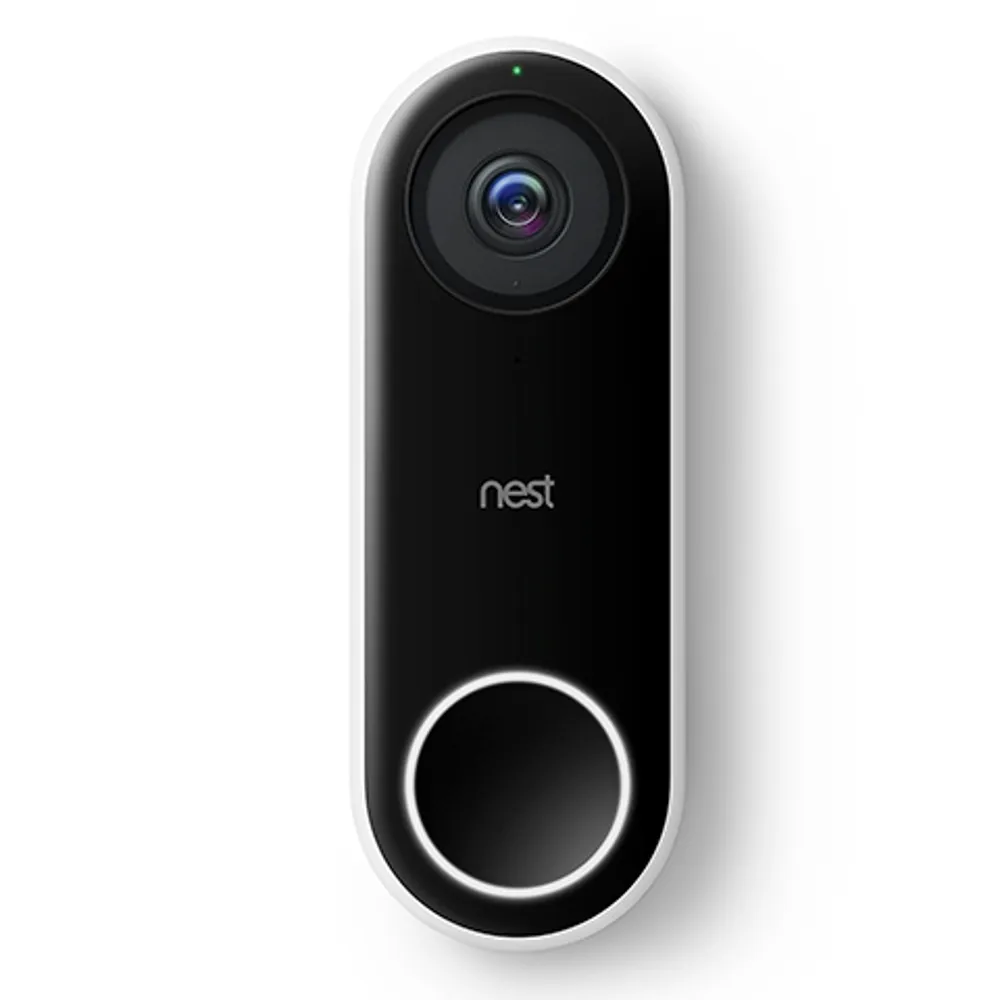Smart Home Evolution
October 18, 2019
Smart homes are expected to grow to a $4.5 billion market in 2019 in the U.S., according to CTA. That a 16% growth rate over 2018 making it a very hot market.


September/October 2019
More articles in this issue:
The Intelligence of Things
The “Internet of Things” (IoT) is shifting to the “Intelligence of Things” - as artificial intelligence (AI) is increasingly embedded in the smart devices in our homes.
For instance, Google’s new Nest Hello is a video doorbell that pulses in color and records who comes to your door. It also includes face recognition. When the doorbell is pushed, it notifies your phone allowing you to talk to the person whether you are at home or not.
Once you identify your FedEx courier, when he comes to the door, it will recognize him.
Flo by Moen is another example. It’s an IoT device installed on the water main coming into your house. Flo can detect a leak as little as one drop per minute so
Rather than a slow leak running inside your drywall and resulting in black mold, you are noti ed before it is a problem. And if a water pipe bursts, it will turn o the water main and alert you.
For the insurance industry, water damage is the leading cause of preventable claims. Some insurance companies now give homeowners a discount on their premiums
In return for having this device installed. Flo also was a CES 2018 Innovation Award Honoree.
Smart Home Hub
“Digital assistants have helped to grow the smart home market,” says CTA’s Steve Koenig, “because they’ve reduced the friction of control.”
Amazon Alexa and Google Assistant are the anchors for smart home devices. In 2019, I predict Alexa will break 100,000 skills. Skills are capabilities or voice apps. For instance, the Dominos skill allows you to just say “Alexa, order my favorite pizza.”
“We are entering the decade of voice,” says Koenig. These smart speakers have seen explosive growth: only 8% of U.S. households owned one in 2017 but that doubled to 16% in 2018 and will double again in 2019 to 31%. The installed base is now 71 million units, according to CTA’s 21st Annual Consumer Technology Ownership Study and Market Potential Study.

Smart Thermostats
CTA forecasts that 13% of U.S. household will have a smart thermostat by the end of 2019. Smart thermostats – like Nest and Ecobee – use AI to save homeowner’s energy use both for heating and cooling.
Google’s Nest advertises that it saves homeowners 10% to 12% of their energy bill. The average electricity bill in the U.S. is $112 a month while the average gas bill is $82. In total, utilities cost an average U.S. family $2,200 a year or $22,000 over a decade so the savings are significant.

What’s Next?
The house itself will become intelligent For example, many people love the app that helps them and their smartphone.
For Android users it’s Find my Device app and for Apple it’s Find My iPhone. The beauty of these apps is even if your phone is off , this app will turn it back on and get it to make a noise so you can find it.
Every year more than 430 people die in the U.S. because of accidental carbon monoxide (CO) poisoning, according to the Centers for Disease Control and Prevention. It’s an odorless gas. Imagine a carbon monoxide monitor and app that can turn your phone on, in the middle of the night and alert you to dangerous levels of CO in your home. This app could save almost 5,000 lives within a decade. And that’s the smart home of the future – a home that cares for its occupants.
Join our community of innovators and shape the future of technology.



